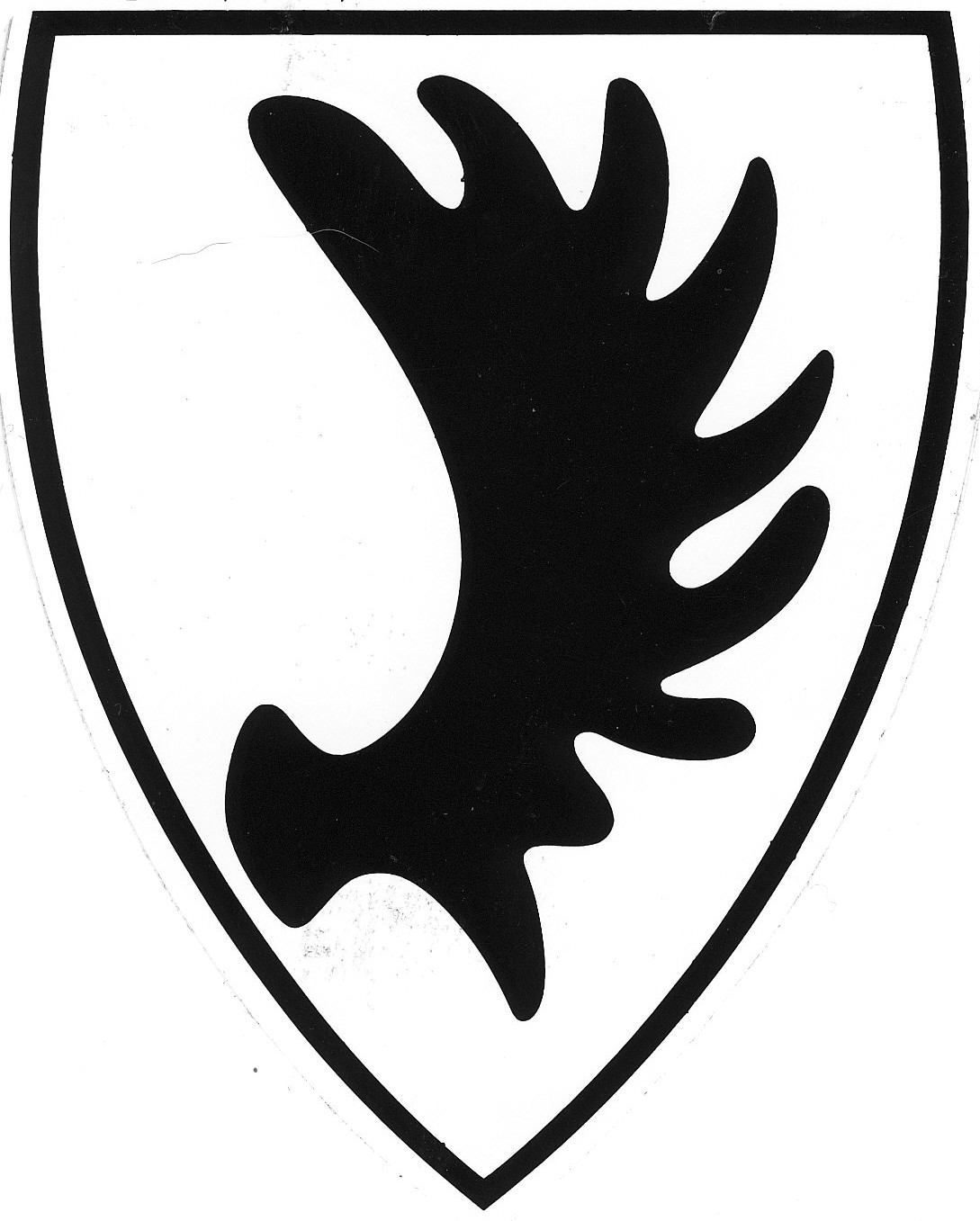How to Help the Bees
One third of all of the food that we eat depends on honey bees to pollinate the garden’s crops including fruits, nuts, vegetables, and small grains. Threats to our pollinators include climate change, loss of habitat and food sources from overdevelopment, disease, and use of pesticides, and they all may play a part in the drastic decline in their populations. The threat to the existence of our pollinators is a threat to our food supply, and therefore a threat to our own survival as humans. We felt compelled to help the bees by creating the Old Elk Farm, and we hope it serves to inspire others to help the bees as well. If you would like to take action, below are a few things you can do today to help the bees.
Mow less often and tolerate bee weeds
The manicured lawn is the largest monocrop in the nation and yet it provides little to no food sources for pollinators, and often requires pesticides, fertilizers, frequent watering, and frequent mowing to maintain. You can save time, money, and reduce your energy footprint by mowing less often. Challenge others in the community to do the same. Allow areas of the yard to meadow for native weeds, clover, and dandelions to flower, they provide a source of food for bees during the season when not much else is available.
Stop using insecticides, especially neonicotinoids
Avoid using systemic insecticides. Use only natural solutions for garden pest issues. Insecticides with neonicotinoids have been found to be especially harmful to the health of bees and other pollinators. You can also avoid artificial fertilizers and instead use compost and mulch to reestablish a balanced natural garden ecosystem.
Purchase only non-GMO and pesticide-free plants and seeds
Avoid purchasing flowering plants treated with neonicotinoids, often found at big box home improvement stores. Be diligent and insist on untreated plants and organic seeds from your grower. Support your local independent nursery and farmers’ markets for plants for your growing zone.
Plant a garden or spread seeds for bee flower gardens
Is there a bare spot in your garden? Is there a lack of color in a nearby field or along the roadway? Plant and spread seeds for bird, bee, and butterfly flower gardens. Help provide food sources throughout the season by spreading flower seeds for pollinators in your backyard garden, dormant pasture, or along your roadside easement. You can dedicate garden space just for the types of flowers that will attract and feed bees throughout the season. Plants may include sage, oregano, lavender, chives, thyme, rosemary, raspberry, sunflower, dill, milkweed, and alyssum among others. Short on garden space? Plant a tree! You can plant a lilac bush or a Korean Bee Bee tree (Tetradium danielli).
Support your local beekeeper or become a beekeeper yourself
Beekeepers work year-round looking after their bees, so support them by purchasing their honey and other apiary products. Wherever you go, find the beekeeper closest to where you are as their honey will best help you with local allergies. Learn the basics to explore beekeeping for yourself. If you are afraid of getting stung, consider providing a bee shelter for solitary Mason bees which are very passive.
Spread the word to others about helping the bees
Make others aware of the struggles facing the world’s honey bees and other pollinators. Bring it up in conversation with friends, at work, or share informative posts on your social media. Getting involved in an advocacy group like the Pollinator Project is a great way to get information to share and on how to get civically or politically active on environmental and climate legislation.
